African textiles are rich in history and symbolism, each telling a unique story through patterns, colors, and craftsmanship. Here’s a curated glossary to help you navigate the diverse world of African fabrics:
1. Kitenge (East & Central Africa)
Origin: Popular in countries like Kenya, Tanzania, Uganda, and the Democratic Republic of Congo.
Features: Vibrant, colorful cotton fabrics with bold patterns.
Usage: Commonly worn as dresses, skirts, and headwraps; also used in accessories and home décor.
Cultural Significance: Often used to convey messages or proverbs, especially when featuring Swahili inscriptions.
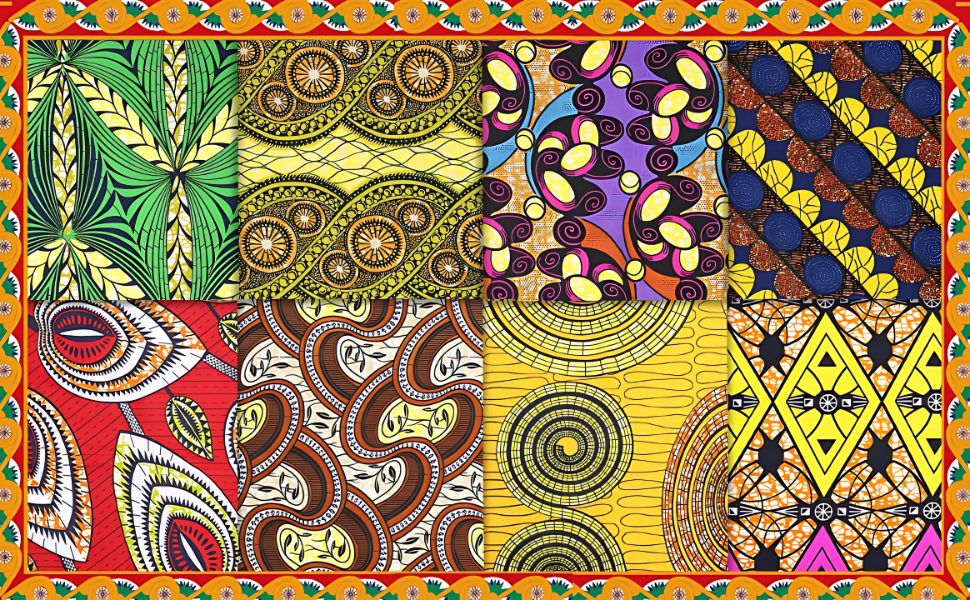
2. Ankara (West Africa)
Origin: Initially produced in Indonesia using batik techniques; later embraced and popularized in West Africa.
Features: Brightly colored cotton fabric with batik-inspired patterns, printed on both sides.
Usage: Widely used for clothing, accessories, and even home décor items.
Cultural Significance: Serves as a medium for storytelling, with patterns often reflecting social status, marital status, or other personal messages.

3. Kente (Ghana)
Origin: Developed by the Akan people, particularly the Ashanti and Ewe ethnic groups.
Features: Handwoven silk and cotton fabric with intricate, multicolored patterns.
Usage: Traditionally worn during significant ceremonies and events.
Cultural Significance: Each pattern and color combination holds specific meanings, often related to history, philosophy, ethics, and social values.

4. Adire (Nigeria)
Origin: Created by the Yoruba people of southwestern Nigeria.
Features: Indigo-dyed cloth produced using resist-dyeing techniques like tying, stitching, or applying wax.
Usage: Used for garments and ceremonial attire.
Cultural Significance: Patterns often represent proverbs, historical events, or social commentary.

5. Aso Oke (Nigeria)
Origin: Handwoven by the Yoruba people.
Features: Thick, textured fabric made from cotton or silk, woven in narrow strips.
Usage: Worn during weddings, festivals, and other important occasions.
Cultural Significance: Symbolizes prestige and is often associated with royalty and high social status.
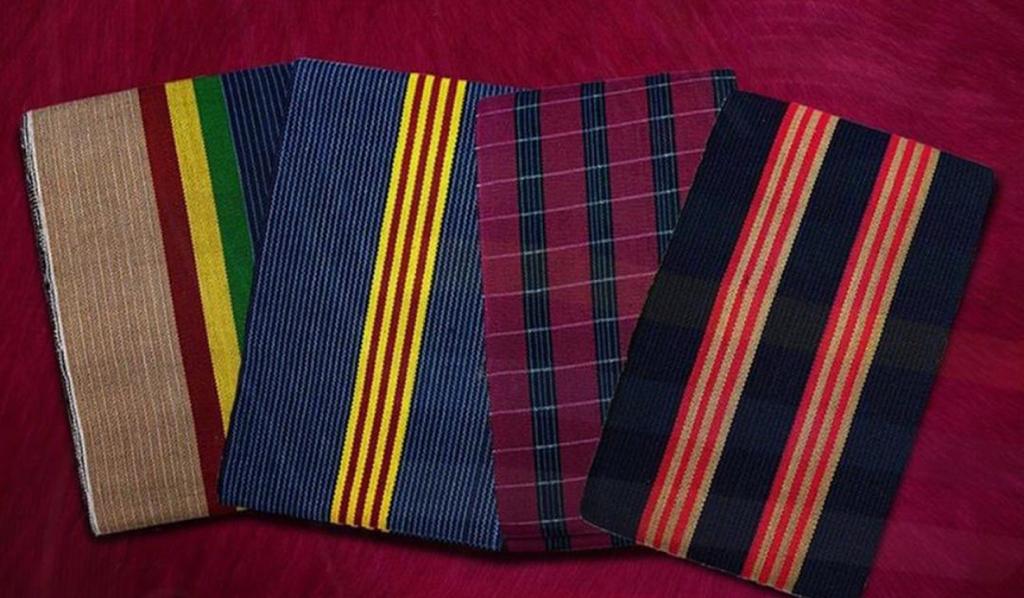
6. Bazin (West Africa)
Origin: Introduced to Mali from Europe; now widely used across West Africa.
Features: Shiny, stiff cotton fabric, often hand-dyed to achieve vibrant colors.
Usage: Commonly used to make Boubou, a traditional loose-fitting garment.
Cultural Significance: Associated with elegance and often worn during special events.

7. Khanga (East Africa)
Origin: Predominantly used in Tanzania and Kenya.
Features: Lightweight cotton fabric featuring bold colors and Swahili inscriptions.
Usage: Worn as wraps, headscarves, or baby carriers; also used in home décor.
Cultural Significance: The inscriptions often convey messages, proverbs, or social commentary.
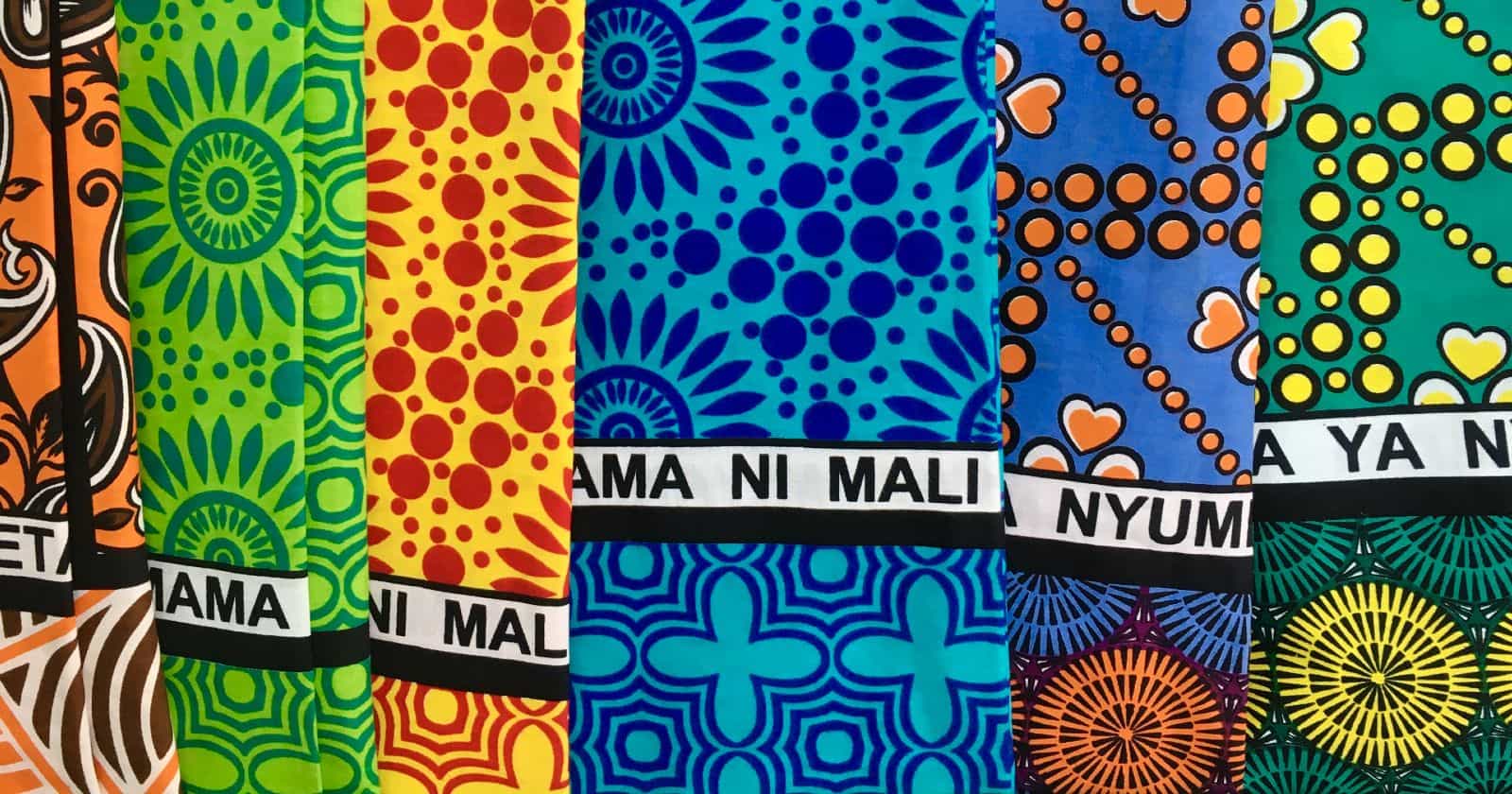
8. Shweshwe (South Africa)
Origin: Introduced by European settlers; now a staple in South African traditional attire.
Features: Cotton fabric with intricate geometric patterns, typically in indigo, brown, or red hues.
Usage: Used for dresses, skirts, and other garments.
Cultural Significance: Symbolizes cultural heritage and is often worn during traditional ceremonies.
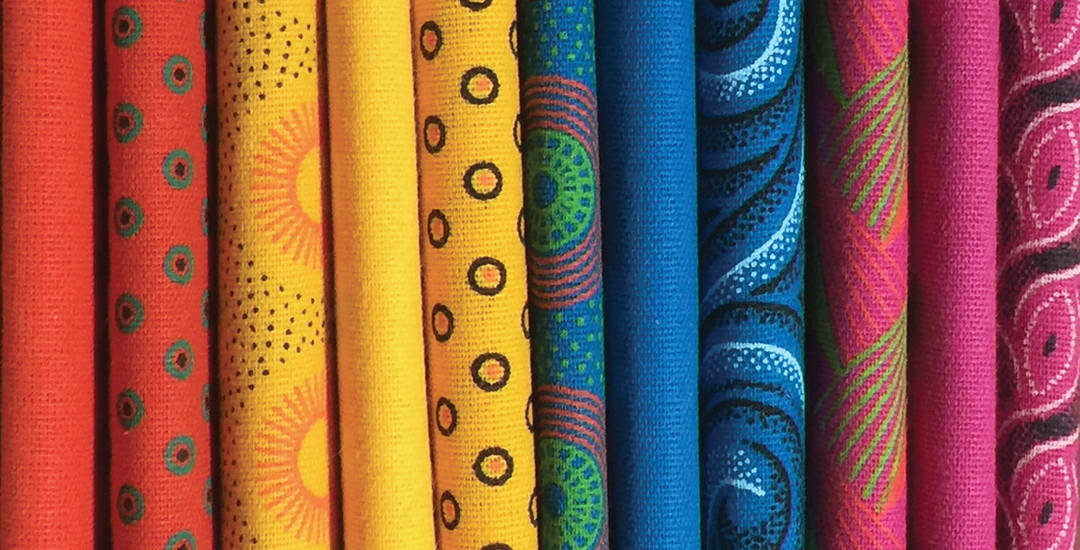
9. Bogolanfini (Mud Cloth) – Mali
Origin: Crafted by the Bamana people of Mali.
Features: Handwoven cotton fabric dyed with fermented mud, resulting in earthy tones and unique patterns.
Usage: Used in clothing, home décor, and ceremonial attire.
Cultural Significance: Each symbol and pattern tells a story, often related to historical events, social status, or mythological tales.
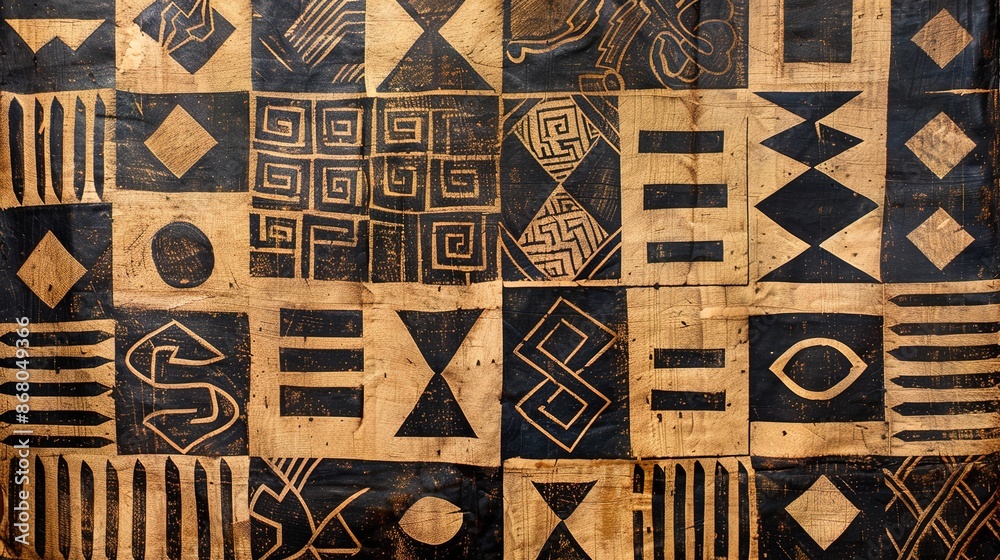
10. Fugu (Batakari) – Ghana
Origin: Traditional handwoven fabric from Northern Ghana.
Features: Thick, striped fabric, often in dark colors.
Usage: Worn by men during significant cultural events and ceremonies.
Cultural Significance: Represents social status, power, and community identity.




